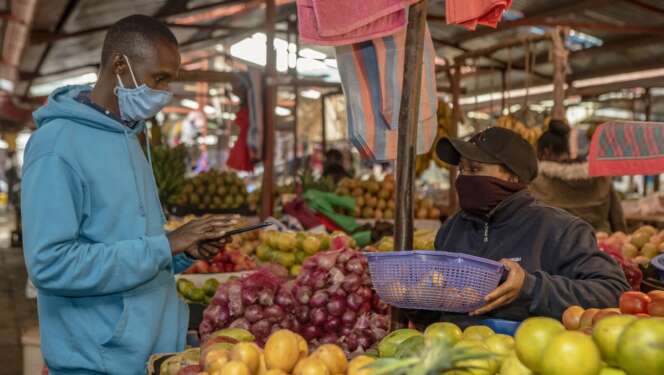Last year, East Africa was hailed as the continent’s economic success anchor with projected growth outperforming the rest of the continent.
According to the African Development Bank’s 2020 African Economic Outlook, the region was poised for an average growth estimated at 5% in 2019. The region maintained its lead as the continent’s fastest-growing edging out North Africa which was the second-fastest at 4.1% while West Africa’s growth rose to 3.7% in 2019, a slight boost from the 3.4% in 2018.
With this picture, East Africa’s growth was set for take-off making the region appealing to investors. However, the trajectory has been hit negatively by the emergence of the Covid-19 virus slowing down growth and dimming projections for the future.
Read: Report Insight: The diverse nature of Africa’s economic growth
With slight improvements from mid-2020, the region could have sighed with relief but instability in some of the East African countries could deal a blow to recovery and growth for the foreseeable future.
Ethiopia is struggling to quell violence in its Tigray region. Hundreds are said to have died in the violence. Thousands have been displaced following the eruption of violence, which is feared could escalate into a full-blown civil war proving disastrous for the already fragile region. There are worries the conflict could spill over into neighbouring countries especially the Sudan and Somalia. Sudan is working on a delicate power transition after its long time President Omar Bashir was ousted in an uprising while Somalia is still fighting for a return to normalcy from an Islamist insurgency.
The biggest economies in Africa.Ethiopia is Africa’s second-most populous nation after Nigeria and it is now facing escalating economic and social challenges in an unstable democratic transition.
In an October 2020 update, the World Bank noted that Ethiopia’s economy experienced strong, broad-based growth averaging 9.8 % a year from 2008/09 to 2018/19. The country’s real gross domestic product (GDP) growth rebounded to 9% in 2018/19 with industry, mainly construction, and services accounting for most of the growth.
Agriculture and manufacturing made a lower contribution to growth in 2018/19 compared to the previous year. Private consumption and public investment explain demand-side growth, the latter assuming an increasingly important role.
The Bretton Woods institution notes that the pandemic has also been a big challenge to Ethiopia which has been experiencing unprecedented social and economic impact.
Read also: Kenya’s exports surpass pandemic expectations for regional trade
Overall, the adverse economic impact on Ethiopia will be substantial due to the pandemic’s shock which is expected to be transitory with potential recovery possible in 2021. Due to this, the country will register an increase in the price of basic foods, rising unemployment, the slowdown in growth and an increase in poverty.
Another challenge for Ethiopia has been the locust invasion. The country has experienced the worst attack in decades which may undermine development gains and threaten food security and livelihoods of millions. Coupled with political disruption associated with social unrest, these two could negatively impact growth through lower foreign direct investment, tourism and exports.
This scenario is replicating in Kenya which has seen its economy hit by the pandemic although it is rebounding. How long it takes to get to the 2019 growth levels is not known but the Kenyan government is seemingly pulling punches to ensure that its revenue collections do not dip by huge margins.
Also going through political upheaval is Uganda. The Pearl of Africa has witnessed ugly scenes as campaigns for the 2021 election gather pace. This means the country’s contribution to overall regional economic growth will be hampered. Tanzania has also experienced its fair share of turmoil but is returning to calm after the elections in October.
The double tragedy for the East African region’s economic recovery and growth at this time remain the pandemic and the violence in different countries which could dishevel any progress.
Overall, the East African Community (EAC) has a combined population of 168.5 million people with a GDP of US$159.5 billion and a GDP per capita of US$918.
The larger Eastern African region has in addition to the five original EAC members South Sudan, Djibouti, Eritrea, Ethiopia and Somalia.
While instability in one of these countries may not affect the others directly, the likelihood is that the economic repercussions will be felt by all. Since most of these countries are interdependent, when one is in turmoil the others are bound to feel it.
While Kenya remains East Africa’s largest economy, Ethiopia is the region’s fastest-growing economy going by data collected over a 10-year period. Notably, though, Kenya’s regional neighbours are demonstrating significantly faster growth rates meaning that the East African investment hub has to pull up if it is to remain in the coveted position.
